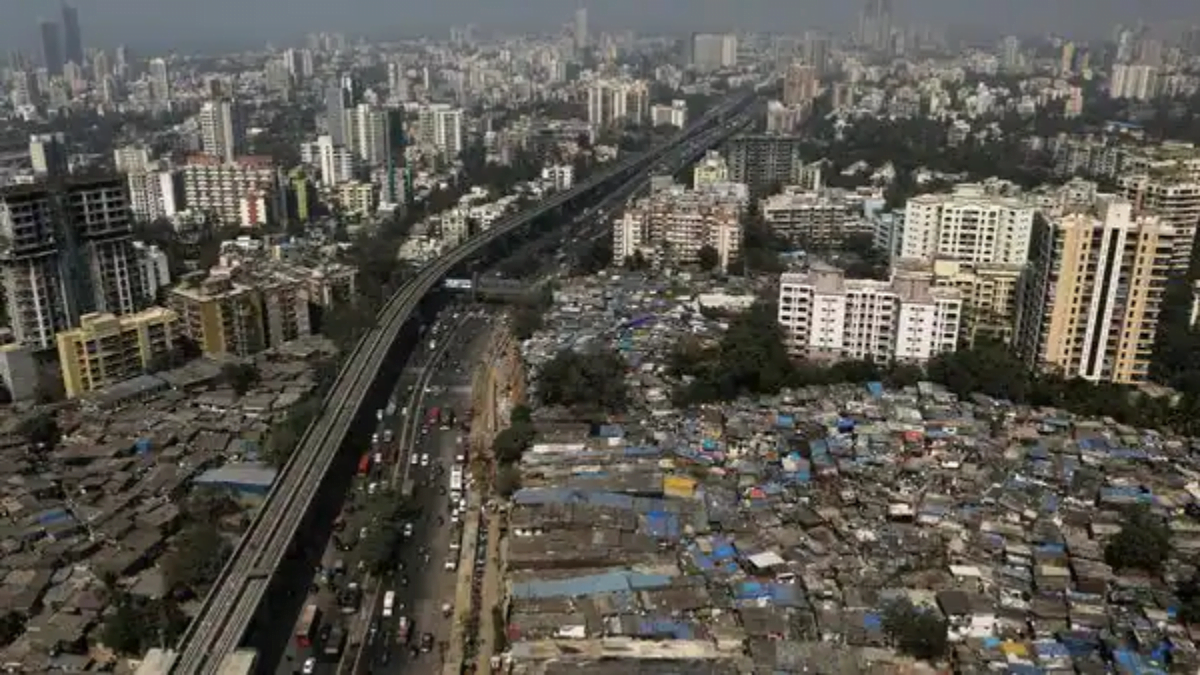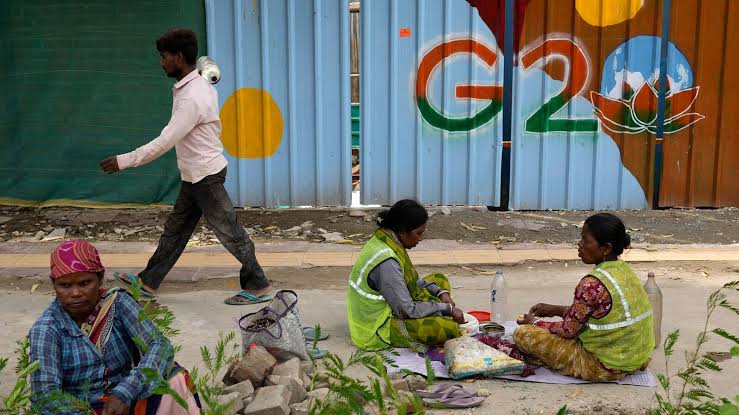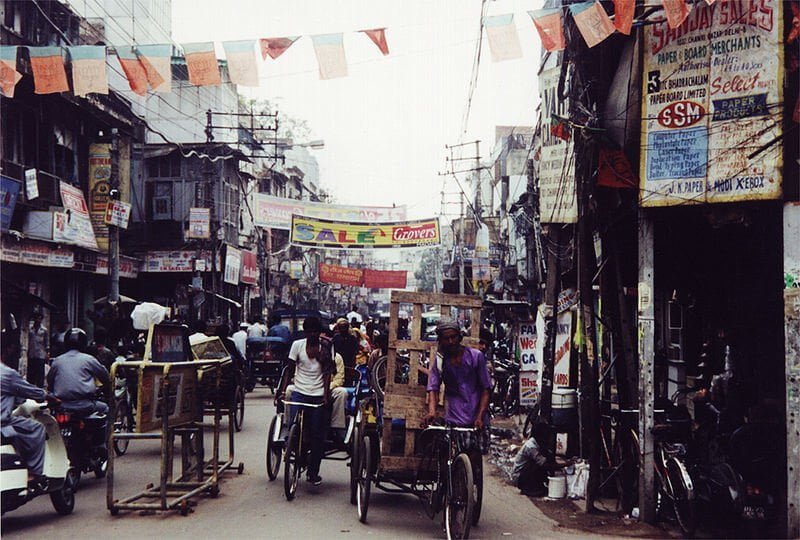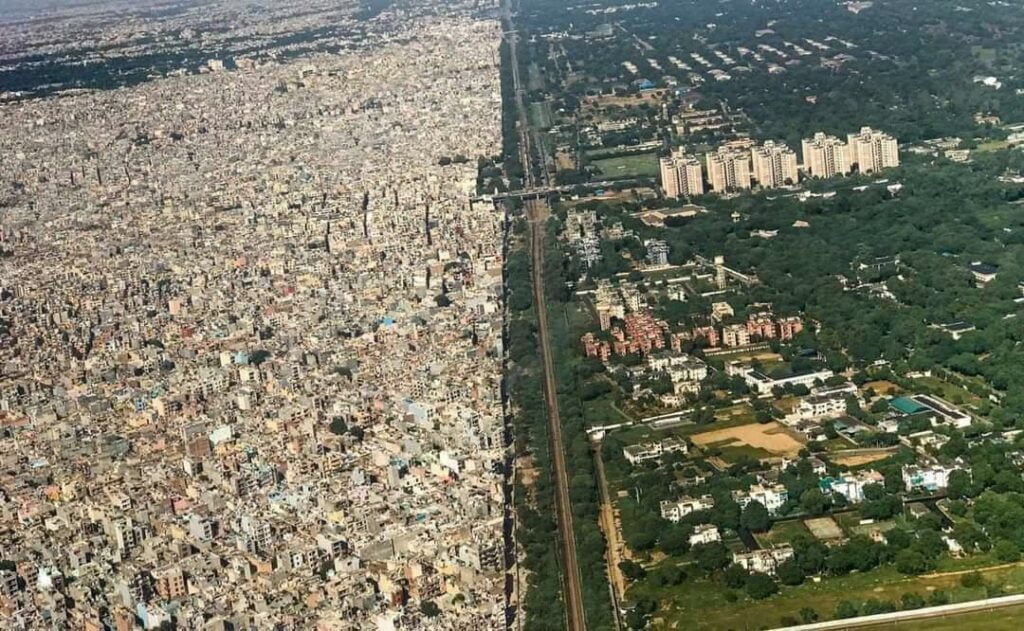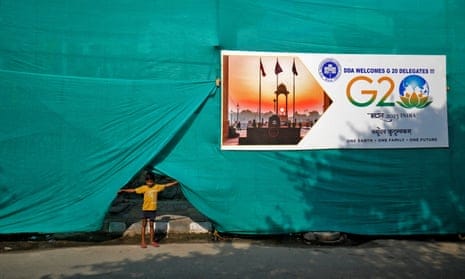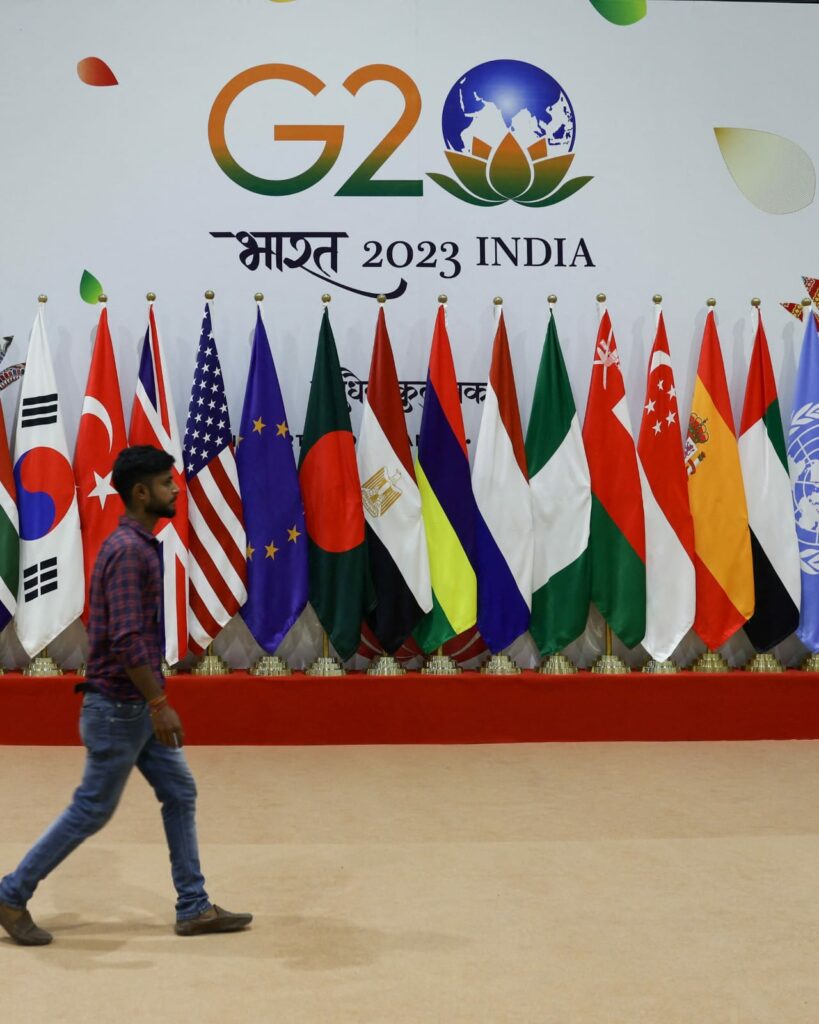‘The city looks lovely,’ says Shanika, a resident of Connaught Place, one of the elite neighbourhoods in Delhi in reference to the beautification of the city for being rendered able to host the G-20 2023 summit.
Notwithstanding, such ebullience has not been extended to the lives of millions of marginalised people living in Delhi, including but not limited to migrant workers, hawkers, and so forth. In this essay, we will take a gander at what are the inconspicuous costs of conducting a “successful” G-20 summit in Delhi, and how this is emblematic of the larger ethos of urban planning prevailing here.
The city planning in Delhi has always been fraught with elitism, right from when Delhi exclusively comprised the walled city of Shahjahanabad, which had very explicit markers of stratifications built into its urban planning. One’s social location was measured in terms of the distance of their residence from the Red Fort, which was the residence of the royal family. The farther away their residence, the lower in rank they were. This was embedded with deep layers of irony for even the very persons who aided in the construction of the Red Fort and related monuments and structures, with their own two hands, were proscribed from living in the “esteemed” structures, which were only meant to house high-class officials.
Thus, while the royal family and those connected with the court lived inside the fort, the larger population lived outside it, with the underprivileged people being pushed towards the periphery. Suburbs of the poor, which were akin to the contemporaneous ‘jhuggi-clusters’, were occasionally afflicted by disease and fire.
One’s social location was measured in terms of the distance of their residence from the Red Fort, which was the residence of the royal family
In 1912, the then British government decided to build a new capital city at Delhi, separate from the existing city of Delhi. Consequently, with the founding of New Delhi, the most affluent moved to the newly built areas, and this resulted in a congestion in Old Delhi, and for which no kind of amelioration was underway.
Post-independence, the Ministry of Rehabilitation successfully undertook the gigantic task of providing housing for the predominantly urban, middle-class, more educated Punjabi migrants, but not for the predominantly poor, rural ones. In order to bring this Herculean task to fruition, a number of colonies came up in no time. It was only after the provision of housing to the elite that, in 1950, the government set up an enquiry committee to advise on housing policy for Delhi, specifically housing for the marginalised communities. The Town Planning Organisation (TPO) was established in order to prepare the pioneering Master Plan of Delhi – the comprehensive authoritative document for the urban development of the metropolis.
In 1972-1973, the TPO evaluated the first Master Plan of Delhi. It noted that the housing deficit had only increased from 1961 to 1970. Furthermore, insubstantial progress had been made in providing housing for low-income groups, which increased the slum population to one million. Only one-tenth of the squatter population of a half million had been resettled, while there were still 1.5 million estimated to be living in substandard housing and in slum areas.
Thus, instead of assuaging the primary needs of the disenfranchised population, the Master Plan of Delhi focused on provision of environmental, educational, and recreational facilities to the bourgeoisie class.
Thus, instead of assuaging the primary needs of the disenfranchised population, the Master Plan of Delhi focused on provision of environmental, educational, and recreational facilities to the bourgeoisie class. This merely corroborates the point of the emergence of the conceptualisation of an “inner” as well as “outer” citizen of Delhi, and related metropolitan cities. It is only the inner citizens, akin to those who lived inside the aforementioned walled fort, who have access to the basic amenities, requisite for sustaining life, as well as the luxuries of the metropolis. The outer citizens, however, akin to those who resided in the periphery of Shahjahanabad, are treated as “malicious, second-class” citizens who are not even considered “worthy” of “deserving” equitable access to basic amenities. It can be noted, then, that far from emerging as a global city for all, the urban planning of Delhi (or, the Master Plan of Delhi) has been historically classist and casteist in nature.
Fast forward to decades later, according to the prescriptions of the Master Plan of Delhi (2021), Delhi would transfigure into a ‘global metropolis and a world-class city, where all the people would be engaged in productive work with a better quality of life, living in a sustainable environment.‘ Such a statement begs the question, “What is the definition of a ‘world-class’ city? Whom does it benefit and whom does it deprive?”, “Who gets to be a part of the ‘world-class’ city and who does not?”, and most fundamentally, “Who decides all this?”
Such a transfiguration, colloquially referred to as the “beautification”, has predominantly entailed the promotion of international tourism, conventions and sports, building of skyscrapers, and not the imperative empowerment of the marginalised population of Delhi. Another vector of the beautification project is the hosting of international events. The G-20 summit was hosted in Delhi on the 9th and 10th of September, 2023. The city was made to undergo a facelift for this purpose. Murals, were painted on the walls, in order to intensify their pulchritude, potted plants were lined along the road, hoardings as well as sign boards were revamped, dilapidated lights were fixed, and of course, roads and footpaths were swept clean – of human beings, animals, and really everything. As a matter of fact, at least 49 demolition drives were carried out, by the Delhi Development Authority, between April 1 and July 27, which led to the demolishing of at least 10 entire slums, with nearly 93 hectares of land being reclaimed from many of the same migrant workers, who helped in working towards the beautification project of Delhi for G-20. Such an act rendered over 20,000 families homeless. The entire slum camp near Pragati Maidan, which was the main venue for the summit, was demolished. Slum camps, which housed more than 500 migrant workers, near Vasant Kunj were demolished by the Delhi Urban Slum Improvement Board, early in the morning on 16th of June, 2023.
While the authorities vehemently maintained that restrictions will not impede the functioning of the city and its inhabitants, the quotidian functioning of millions of people, who have a predominant reliance on their daily wages, were suspended. The New Delhi Municipal Council had ordered purveyors, and shopkeepers to shut down their respective businesses for three entire days, four for even further ostracised hawkers.
With the oncoming of every international event, disenfranchised communities are led to believe that it would have positive implications on their livelihood. However, the exact obverse transpires and there exists substantial precedent for this. When Delhi hosted the Commonwealth Games in 2010, the city’s slum dwellers were being bulldozed out in order to make room for shopping malls and expensive real estate. It was officially reported that 2,50,000 people were evicted from their residences. Similarly, when the 1982 Asian Games were being hosted in Delhi, thousands of migrant workers were made to sell their lands in exchange for gaining vocational opportunities in the metropolis.
With the oncoming of every international event, disenfranchised communities are led to believe that it would have positive implications on their livelihood
Such malignant projects, which are lauded by affluent classes, are usually justified on the basis of instrumental purposes, such as infrastructural upgradations, or even to ensure the seemingly precarious “safety” of the international elite guests from the purportedly “malevolent” and “unsightly” working class. However, such upheavals are colonial projects, wherein public money is redirected to the facile, physical metamorphosis of the city in order to make it seem more appealing, by essentially concealing any display of poverty, to the “high-profile” visitors; neither are any tangible grassroot-level changes made nor are any of the essential necessities of systemically disenfranchised communities, fulfilled. Thus, while all the needs as well as whims and fancies of the elite class are being met, apparently even the basic needs of the marginalised population are seemingly too overwhelming for the government to fulfil.
The cost for pulling off the G-20 summit in Delhi was 4,100 crores, 3110 crores over the budget estimation, which happens to be significantly higher than the last 5 G-20 summits, thus implying that a systematic attempt had been undertaken in order to conceal the inaccessible nature of the national capital from the international visitors. All this just goes to show that marginalised communities are treated as “outer” citizens in the conceptualisation of Delhi as a “world-class” city.
Hosting the G-20 summit becomes a purely ostentatious act if the underlying principles behind the programme, such as promoting sustainable growth and promotion of comprehensive financial stability, are flouted. Events, such as the G-20 summit, are not aberrations but mere examples of how the urban planning of Delhi has always prioritised the needs and desires of the bourgeoisie over that of the working class. It must be realised that alternative conceptualisations of the city have always been possible, and still are. Future policy formulation needs to be holistic in nature, culture-specific or culture-free, and must ensure the rights of marginalised communities. Only such a step will ensure the transfiguration of Delhi, and otherwise, into a truly accessible “world-class city”, by breaking down the stringent affected distinctions between “inner” and “outer” citizens.
